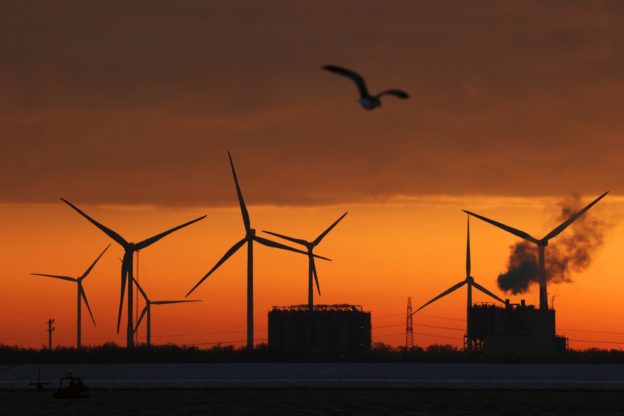Europe got hit by roughly $1 trillion from surging energy costs in the fallout of Russia’s war in Ukraine, and the deepest crisis in decades is only getting started.
After this winter, the region will have to refill gas reserves with little to no deliveries from Russia, intensifying competition for tankers of the fuel. Even with more facilities to import liquefied natural gas coming online, the market is expected to remain tight until 2026, when additional production capacity from the US to Qatar becomes available. That means no respite from high prices.
While governments were able to help companies and consumers absorb much of the blow with more than $700 billion in aid, according to the Brussels-based think tank Bruegel, a state of emergency could last for years. With interest rates rising and economies likely already in recession, the support that cushioned the blow for millions of households and businesses is looking increasingly unaffordable.
“Once you add everything up — bailouts, subsidies — it is a ridiculously large amount of money,” said Martin Devenish, a director at consultancy S-RM. “It’s going to be a lot harder for governments to manage this crisis next year.”
Government fiscal capacity is already stretched. About half of European Union member states have debt exceeding the bloc’s limit of 60% of gross domestic product.
Read more: Germany to Issue Record Federal Debt to Fund Energy Crisis Aid
The roughly $1 trillion, calculated by Bloomberg from market data, is a broad tally of more expensive energy for consumers and companies — some but not all of which was offset with aid packages. Bruegel has a similar estimate looking at demand and an increase in prices, which was published in a report this month by the International Monetary Fund.
A rush to fill storage last summer, despite near-record prices, has eased the supply squeeze for now, but freezing weather is giving Europe’s energy system its first real test this winter. Last week, Germany’s network regulator warned that not enough gas is being saved and two of five indicators, including consumption levels, have become critical.
With supply tight, businesses and consumers have been asked to reduce usage. The EU managed to curb gas demand by 50 billion cubic meters this year, but the region still faces a potential gap of 27 billion cubic meters in 2023, according to the International Energy Agency. That assumes Russian supplies drop to zero and Chinese LNG imports return to 2021 levels.
- Quote
- https://www.bloomberg.com/news/articles/2022-12-18/europe-s-1-trillion-energy-bill-only-marks-start-of-the-crisis






